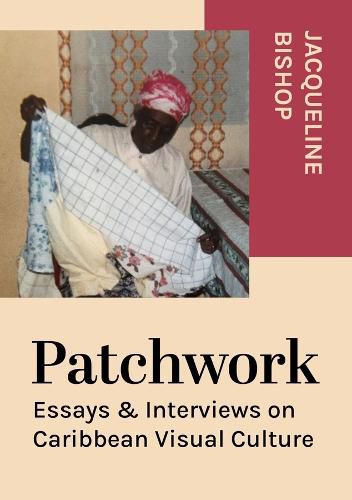Readings Newsletter
Become a Readings Member to make your shopping experience even easier.
Sign in or sign up for free!
You’re not far away from qualifying for FREE standard shipping within Australia
You’ve qualified for FREE standard shipping within Australia
The cart is loading…






Key discussions on environmental sustainability and global justice specific to Caribbean concerns. The patchwork is an apt metaphor for the Caribbean, foregrounding the process of Caribbean societies forging identity and identities out of the plural and sometimes conflicting groups that call the region home. Within the metaphor of the patchwork, however, a question arises: where are the vernacular needlework artists within the visual art tradition of the Caribbean?
This book’s introduction sets out to answer this question, and several common themes flow through the ensuing essays and in-depth interviews. Topics explored include issues of land and colonization, long-held perceptions of what the Caribbean is thought to be, and open-ended art-making as opposed to expressing fidelity to a particular medium. The book further explores ecological concerns and questions of sustainability, how the practices of the artists and their art defy the easy categorization of the region, and the placement of women in the visual art ecology of the Caribbean. The latter is one of the most contested areas of the book. Readers will come away with the sense that questions of race, color, and class loom large within questions of gender, particularly in the Jamaican art scene. The book aims to insert vernacular needleworkers into the visual art scene in both Jamaica and the larger Caribbean.
$9.00 standard shipping within Australia
FREE standard shipping within Australia for orders over $100.00
Express & International shipping calculated at checkout
Key discussions on environmental sustainability and global justice specific to Caribbean concerns. The patchwork is an apt metaphor for the Caribbean, foregrounding the process of Caribbean societies forging identity and identities out of the plural and sometimes conflicting groups that call the region home. Within the metaphor of the patchwork, however, a question arises: where are the vernacular needlework artists within the visual art tradition of the Caribbean?
This book’s introduction sets out to answer this question, and several common themes flow through the ensuing essays and in-depth interviews. Topics explored include issues of land and colonization, long-held perceptions of what the Caribbean is thought to be, and open-ended art-making as opposed to expressing fidelity to a particular medium. The book further explores ecological concerns and questions of sustainability, how the practices of the artists and their art defy the easy categorization of the region, and the placement of women in the visual art ecology of the Caribbean. The latter is one of the most contested areas of the book. Readers will come away with the sense that questions of race, color, and class loom large within questions of gender, particularly in the Jamaican art scene. The book aims to insert vernacular needleworkers into the visual art scene in both Jamaica and the larger Caribbean.